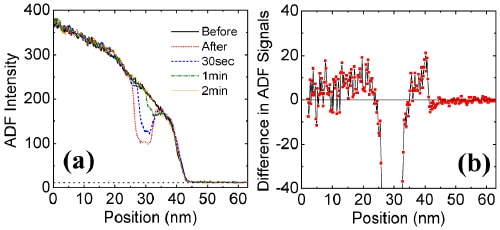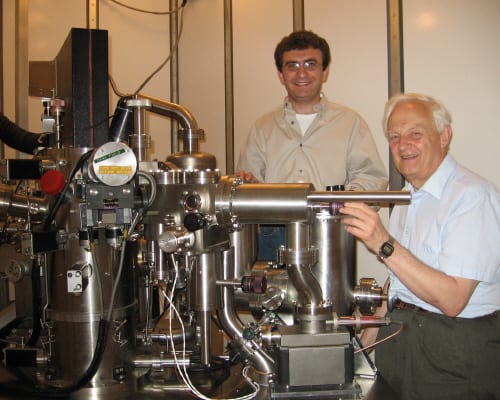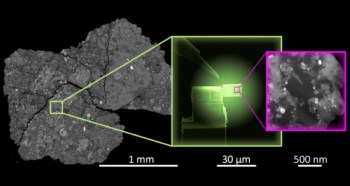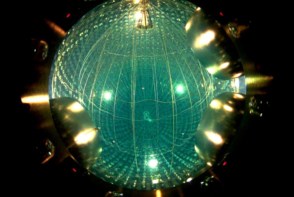Physicists and engineers in the US have discovered for the first time that glass can completely return to its original state after being bombarded with high-energy electrons. The result shows that the glassy state can be extremely stable thermodynamically, contrary to what was previously thought. As well as being fundamentally important, the work could have implications for storing nuclear waste (Phys. Rev. Lett. 96 205506).

Understanding the nature of the glassy state remains one of the last great unsolved mysteries in condensed-matter physics. Glasses are notoriously difficult to study because, like liquids, they lack long-range order. They are formed when a molten material is cooled so quickly that the atoms do not have time to arrange themselves into an ordered crystalline lattice that has a lower energy and is more stable.
Some glasses can last for thousands of years. This, and the fact that glass can effectively absorb radiation, has led scientists to believe that they could be used to store certain types of nuclear waste. However, silicate-based glass (the most common type of glass) can easily be damaged by ion, electron and ultraviolet beams. Moreover, this damage is thought to be irreversible.
To investigate this further, Andre Mkhoyan and colleagues at Cornell University studied the effects of high-energy electrons on thin films of an alumino-silicate glass containing calcium oxide. This glass comprises alumina (amorphous Al2O3) and silica (amorphous SiO2).
The researchers began by focusing a 100 KeV electron beam from a scanning transmission electron microscope for two minutes onto an area of the sample measuring about 6 square nanometres. Next, they monitored the damage caused, in real time, by looking at how the chemical composition of the glass changed using techniques called electron energy loss spectroscopy (EELS) and “annular dark field” (ADF) imaging. They then turned the beam off.
After about two minutes, Mkhoyan and co-workers retook EEL spectra and ADF images from the glass to determine its composition. They found that it was the same as at the beginning of the experiment, which shows that the glass had completely “recovered” (figures 1 & 2). According to the team, the results suggest that the glass is very stable thermodynamically, which was unexpected given its disordered atomic structure.
The researchers say that the stability of such glasses could have implications for storing radioactive materials. “Our experiments suggest that damage from beta-emitting nuclear waste sealed inside this material would ‘self heal'”, states Mkhoyan. “These investigations may even be highly relevant for the energy future of the US since the National Academy of Sciences recommended vitrification in 1994 as the preferred method for the long-term storage of plutonium.” However, he adds that more work still needs to be done to study the effects of other types of radiation in these materials.
The team now plans to study the limits of recovery in aluminosilicate glasses as a function of composition and search for new stable glass systems.





